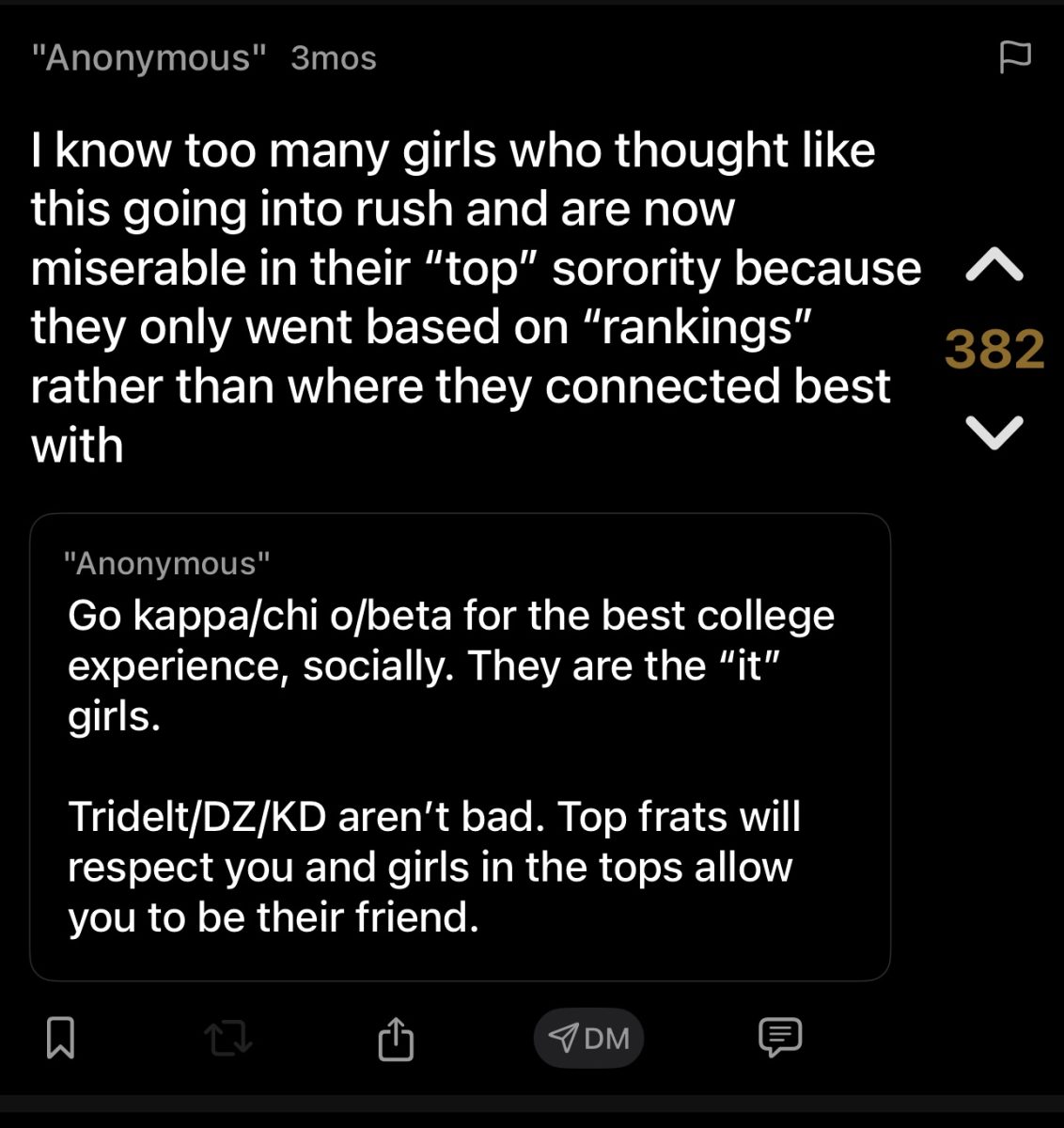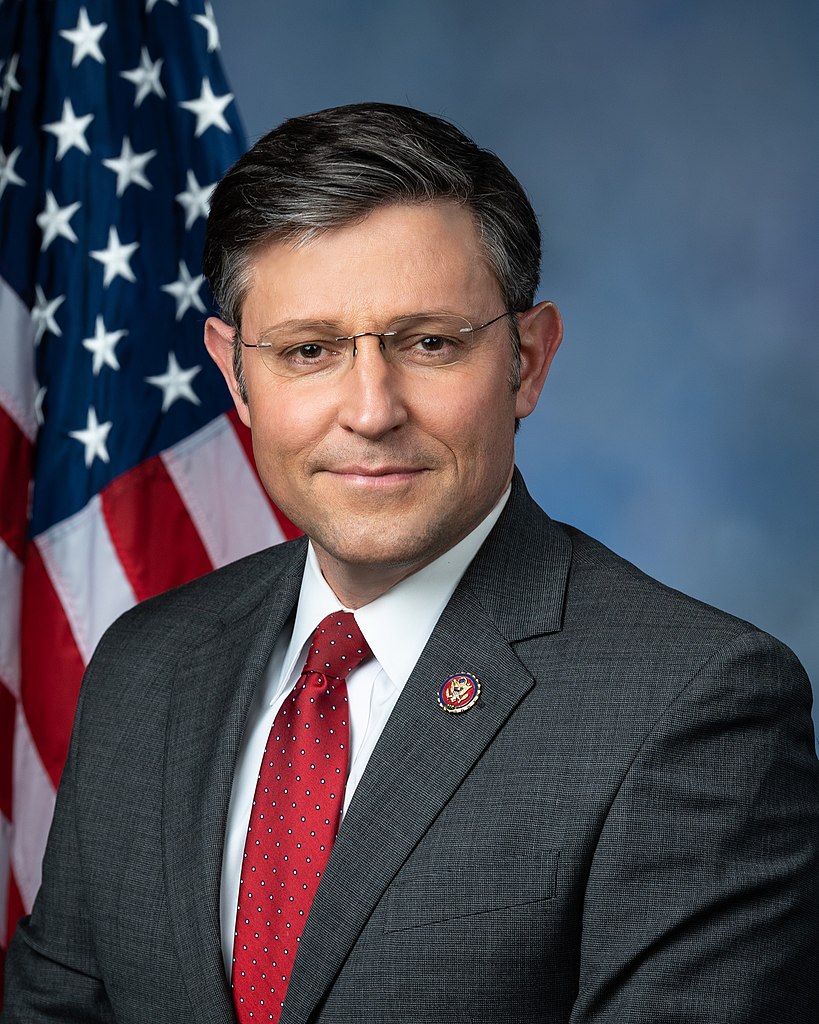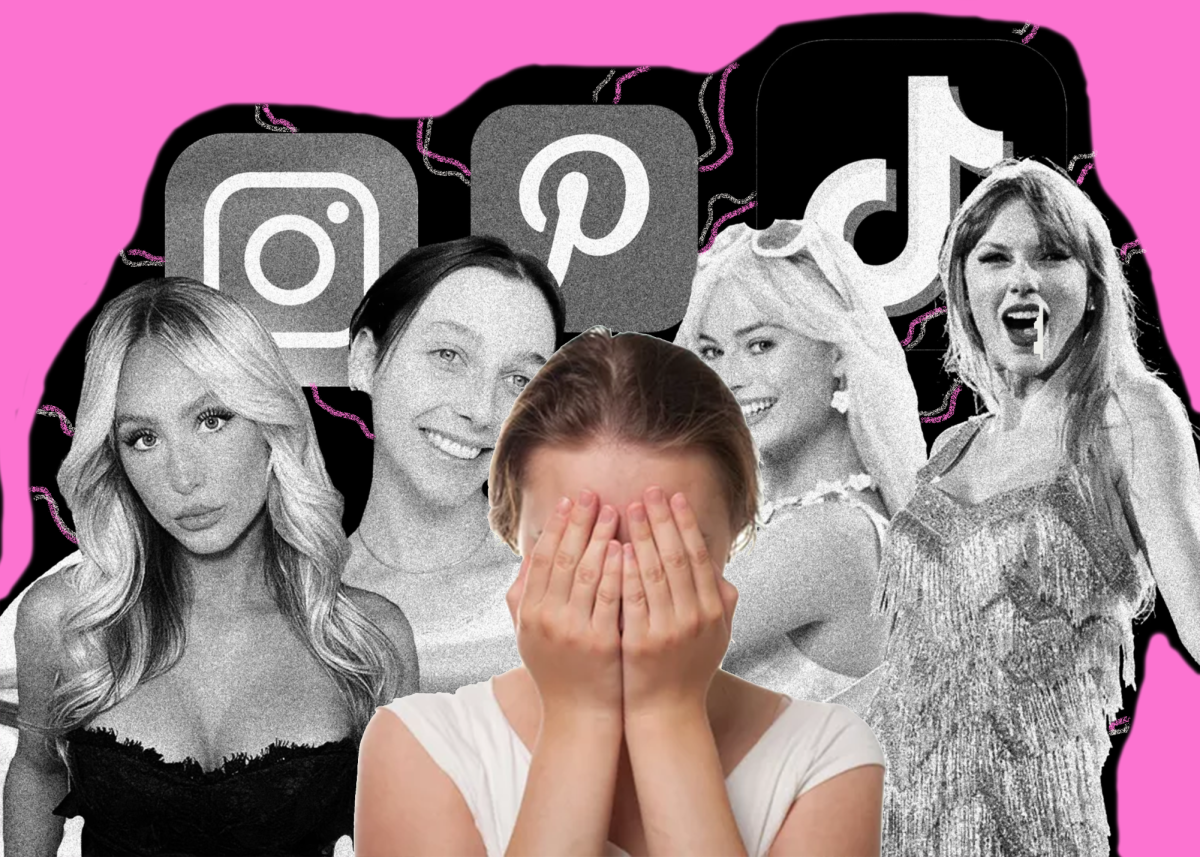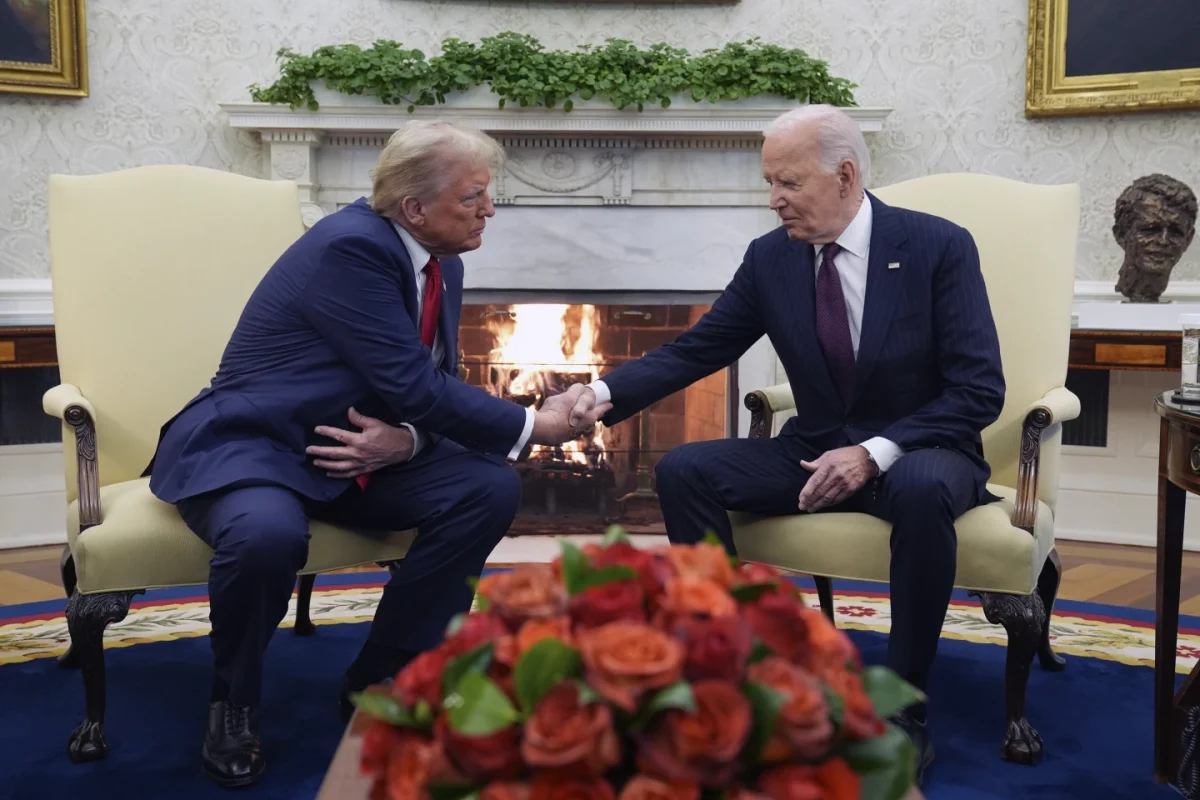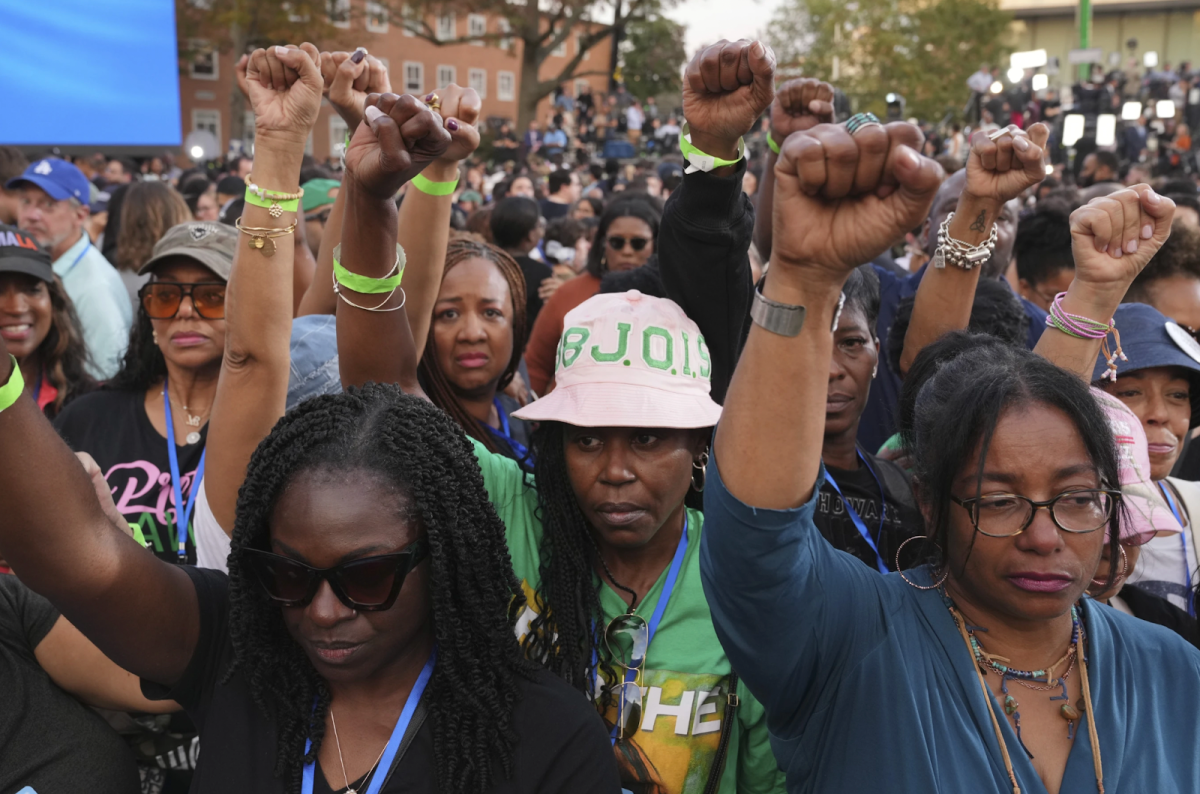It is no secret that the U.S. is divided. For the past few months, our country has slowly built up to the hatred and fear that surrounds many of us today. When it was decided that Donald Trump and Hillary Clinton would be the major party nominees in the election, fear, happiness, hatred and hope ensued.
Since the election, the country has grown further and further apart — an environment of hate, fear and discrimination has taken over since Trump was elected.
Hate crimes, violence and intolerance have risen drastically since Nov. 8.
One consequence of this election is the impact it has on personal relationships. People are losing friends and family over this since it was not just an average election — it was personal, and many people in the U.S. are scared and feel victimized by the president-elect and his supporters.
In prior elections, many people were not ending relationships due to a friend or family member voting for the opposite side, but this time, that seems to be the main trend, though not always the case.
Since the election I have heard many say that they are not talking to certain people because of who they voted for. Some are categorizing people based on their vote and assuming the worst in those who voted differently than them.
Some have a dislike or disgust for those who voted differently, regardless of the candidate, or just do not understand how someone could hold views that are vastly different; there is a lack of understanding of one another and the opposite side.
What I have noticed in these assumptions is that some believe that anyone who voted for Trump is racist, sexist, homophobic and a white supremacist. While I do not agree with Trump, I do understand that not every single person who voted for him can be categorized in that way.
While I believe this to be true, an argument can be made that those who did vote for Trump, even though they are not racist, sexist, etc. voted for a person who embodies those ideals and may enact policy against marginalized groups.
The challenge we face is how we approach the next four years and approach those who did support him by voting for him and as a result of that vote, supported those ideals.
What has been hard for me to grasp is the idea of separating a vote for Trump with outright support for every single policy he wants to enact and every negative and discriminatory thing he has said and done.
What I, along with others, need to learn is that not every Trump voter is a bad person, not every Trump voter is racist, sexist, homophobic, etc., even though they support a candidate who to many is. This issue is not black or white — there are gray areas.
However, regardless of the fact that we cannot stereotype Trump supporters, the U.S. is still deeply divided. The future of the U.S. looks bleak for many and there does not seem to be a promising resolution anytime soon.
I previously wrote in the Old Gold & Black that in order to repair the division in this country, we need to listen to what others have to say and give everyone a chance to explain their views.
But since that piece, I have learned that it is not enough. Listening to others is important, but it is challenging to understand something you fundamentally do not agree with and to try to grasp that view.
I have had many conversations with people who voted differently than me and we have not come any closer in bridging the gap between us.
This election, as dragged out, exhausting and negative as it was, has shown how different our country is, how split we are and how we do not know how to fix it– at least I don’t.
What our government needs to think about, what we, the general public, need to think about is how we can come together and bridge the gap between us. We cannot let our polarized nation get in the way of progress and lead to regression. We need to figure out how to function and co-exist.




